The first question on most people's minds when it comes to getting their piano tuned is "How much does a tuning cost?" The short answer is that most tuners charge between $100 and $150 for a basic tuning. However, those numbers really don't tell the whole story .
If it has been more than a few years since a piano was last tuned, there is a good chance that the piano will need a pitch raise. This procedure involves roughly increasing the tension on all of the strings in the piano to approximately the correct pitch (or slightly above) before fine tuning. A pitch raise increases the amount of time required for a tuning and most tuners will charge an extra $25-$50 for it.
A piano tuner might also run into broken strings or issues with the piano action that need to be fixed for the piano to play properly. While many piano technicians wont charge extra for a few minutes of repair or regulation work, any strings or parts that need to be replaced will add to the parts cost of your bill as well as potentially adding an hourly fee for labor.
If there are no piano tuners in your area, you may have to pay a travel fee to get a tuner from the nearest town/city to come to you.
All this is just to say that the cost of a piano tuning is often on a case-by-case basis and you should communicate clearly with your piano tuner to make sure you understand what they will be billing you for.












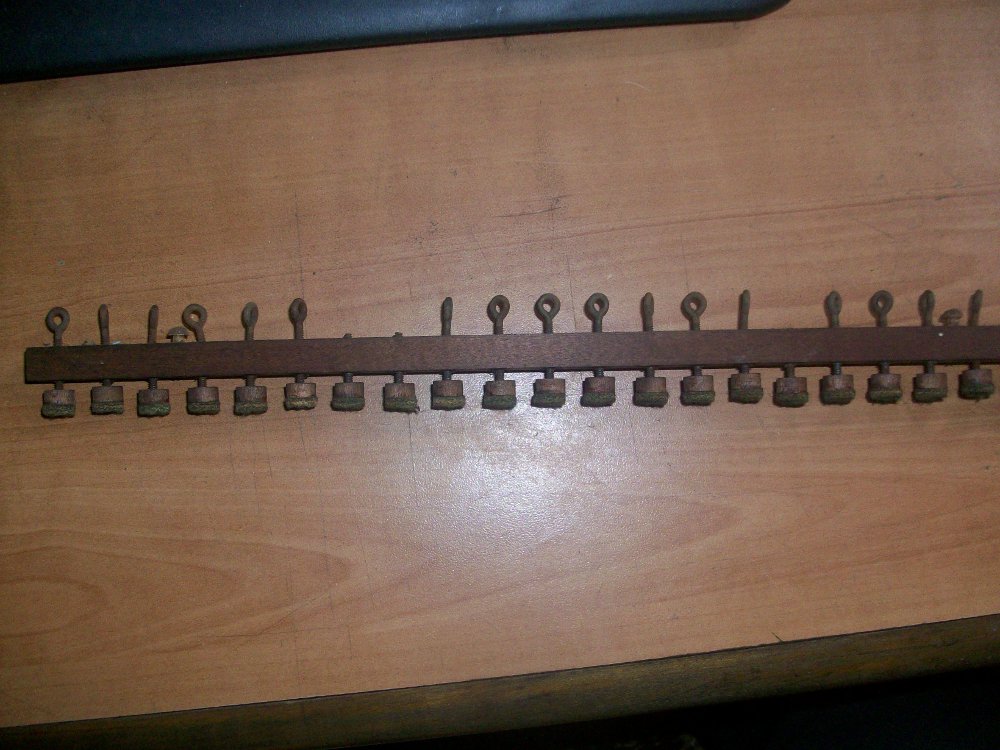
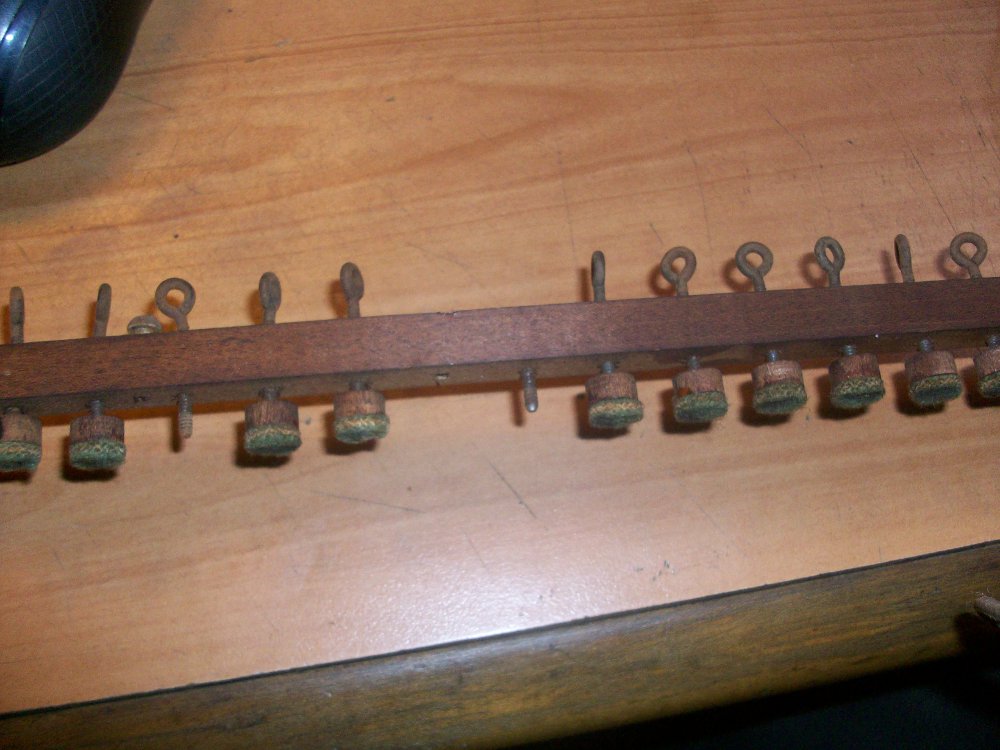


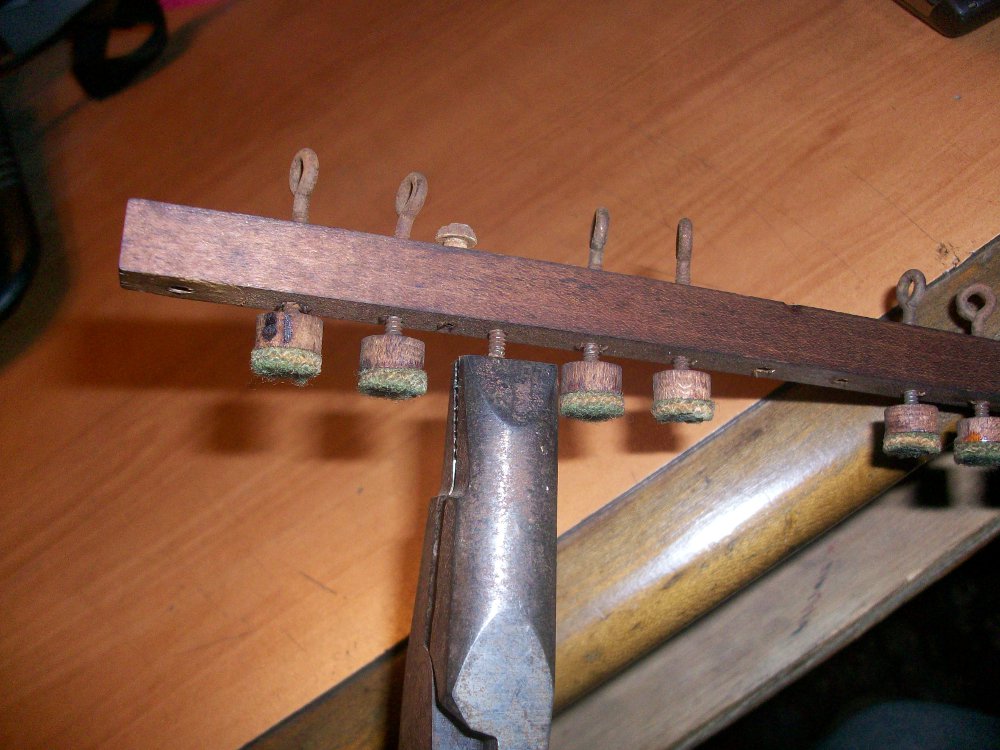













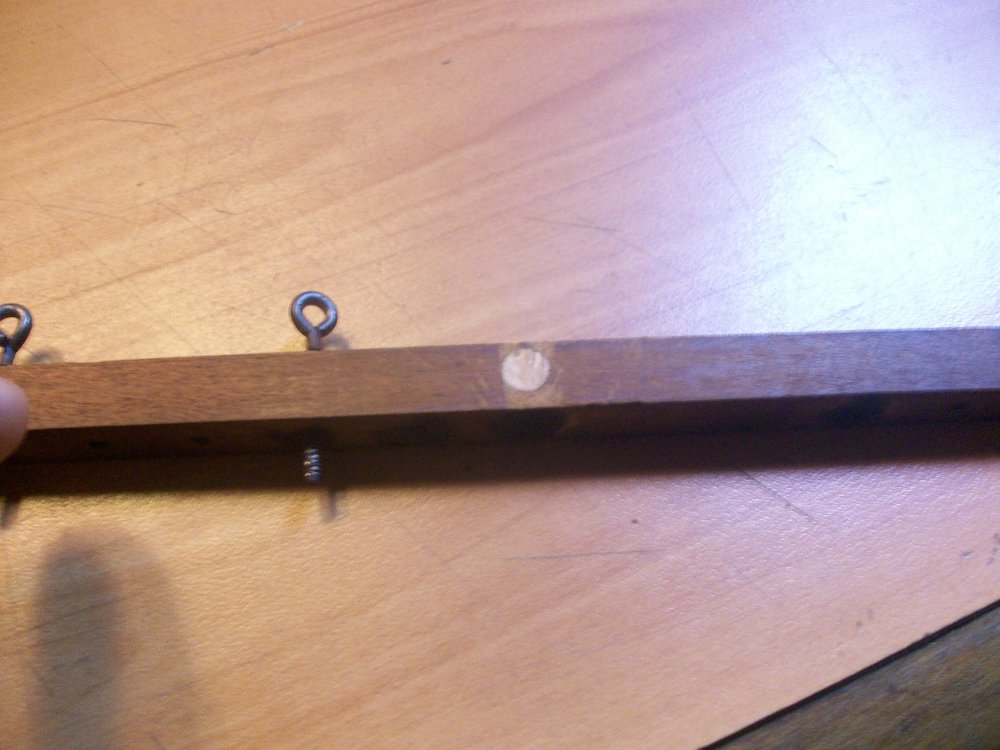

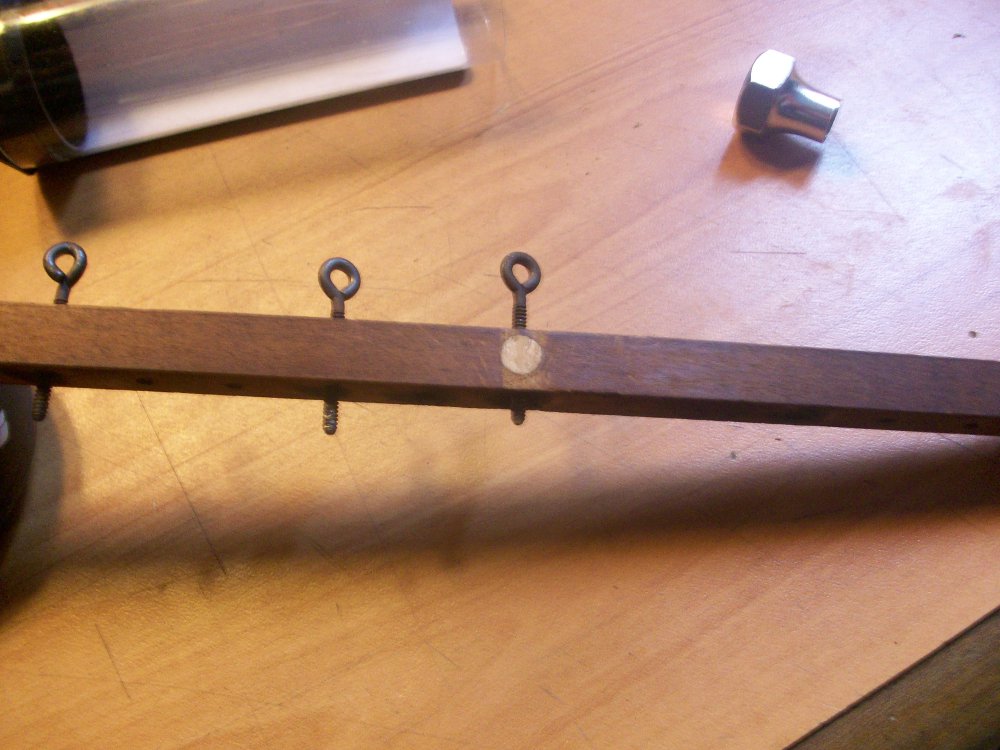



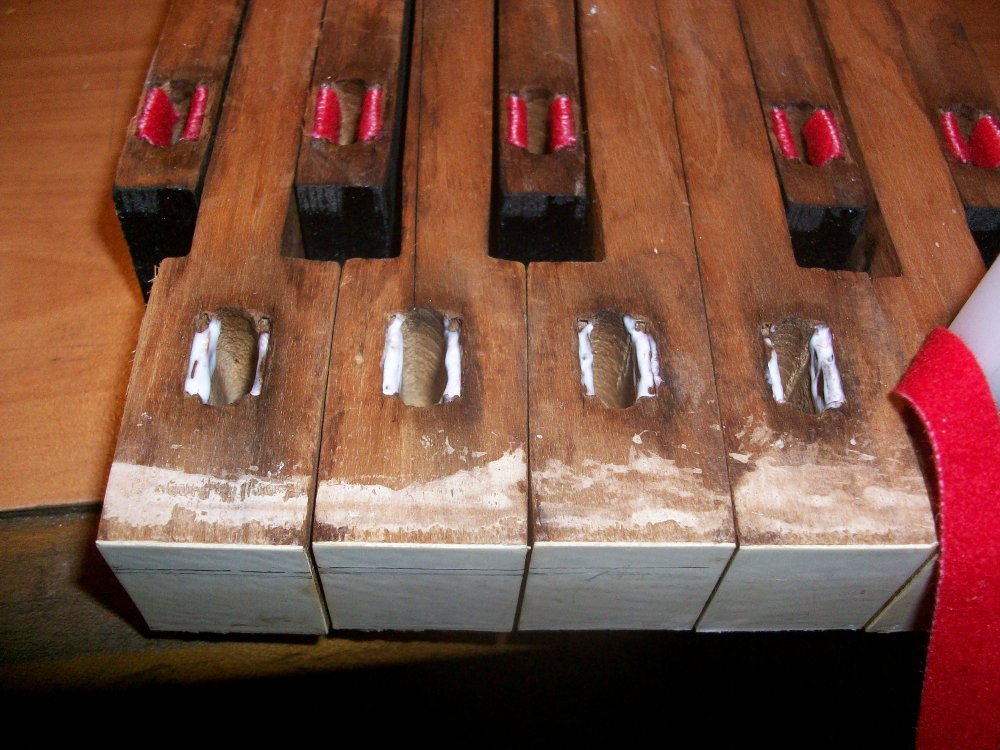

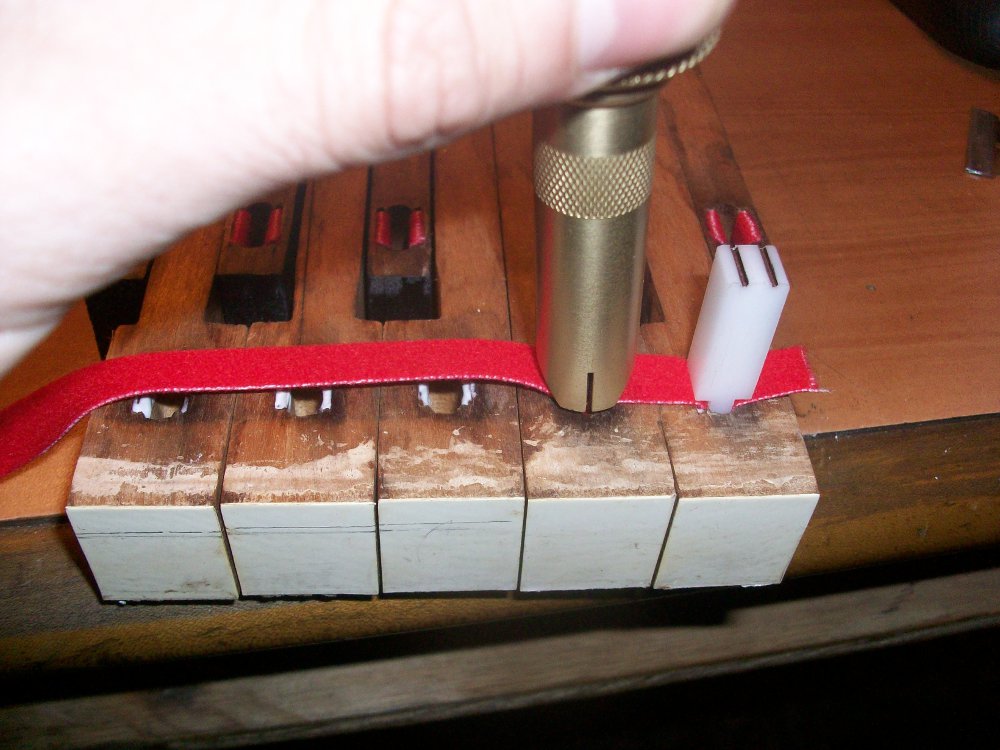
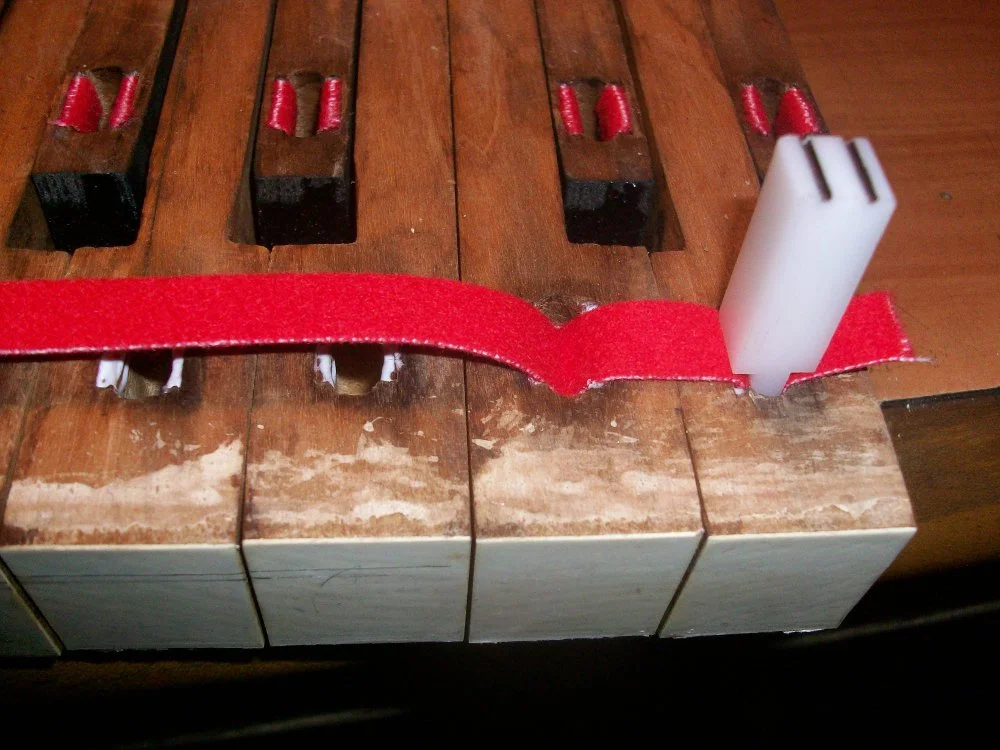
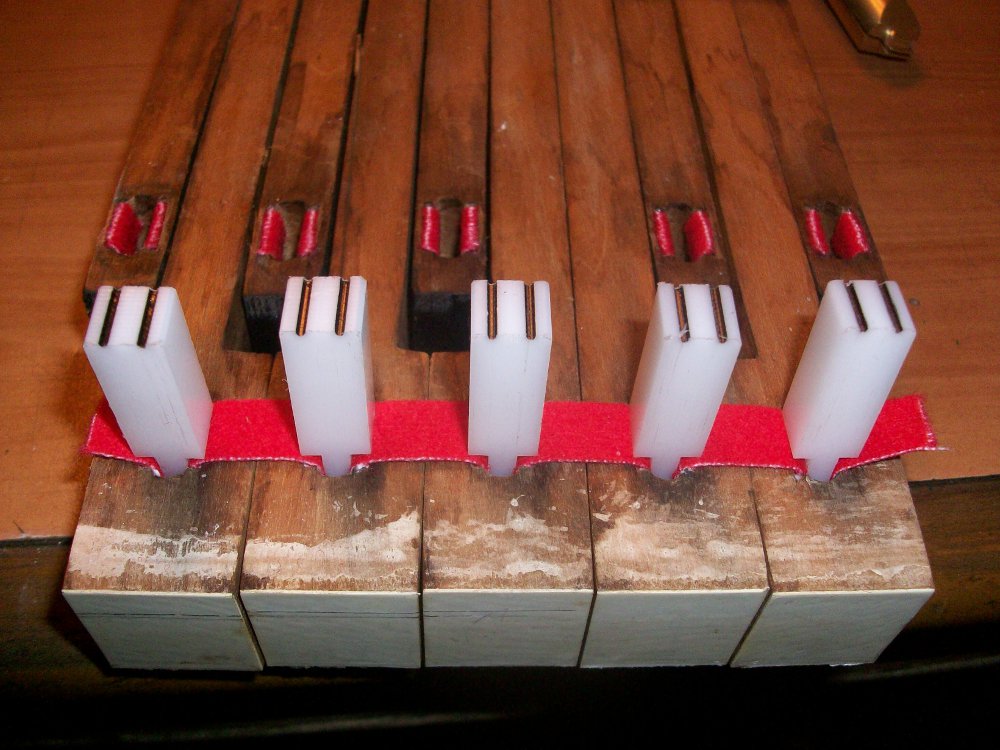

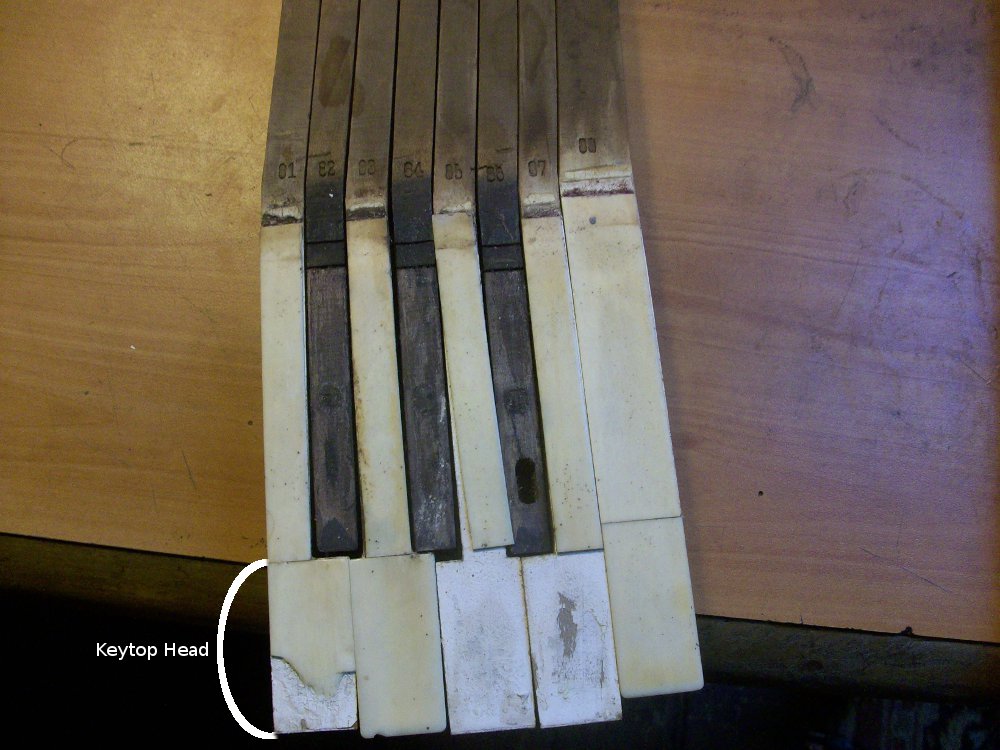









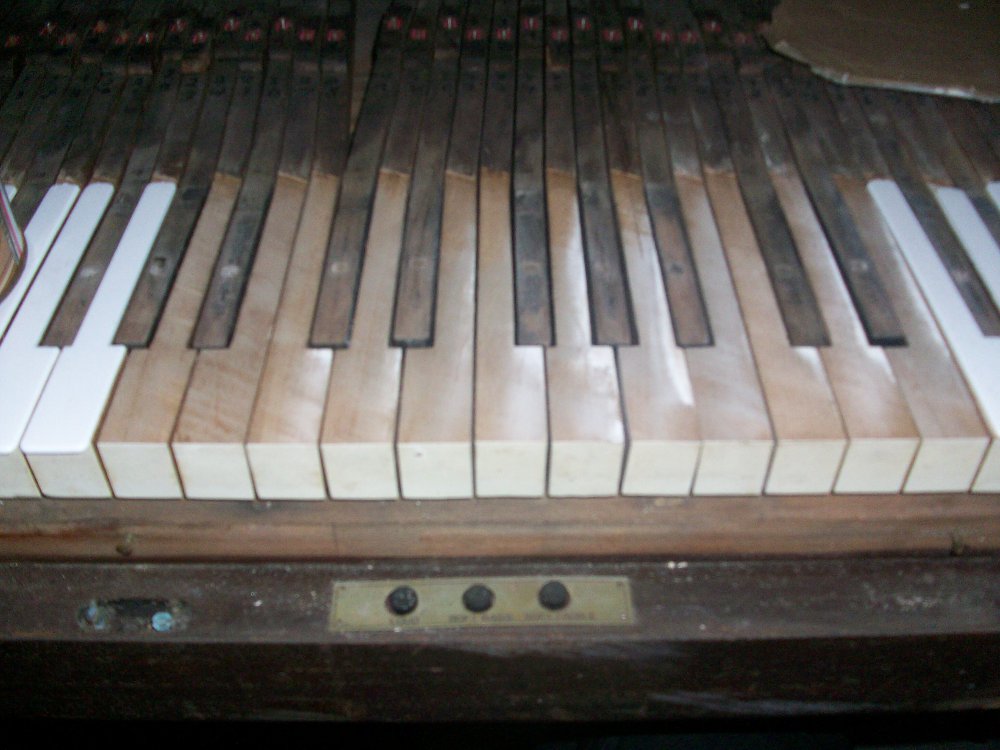






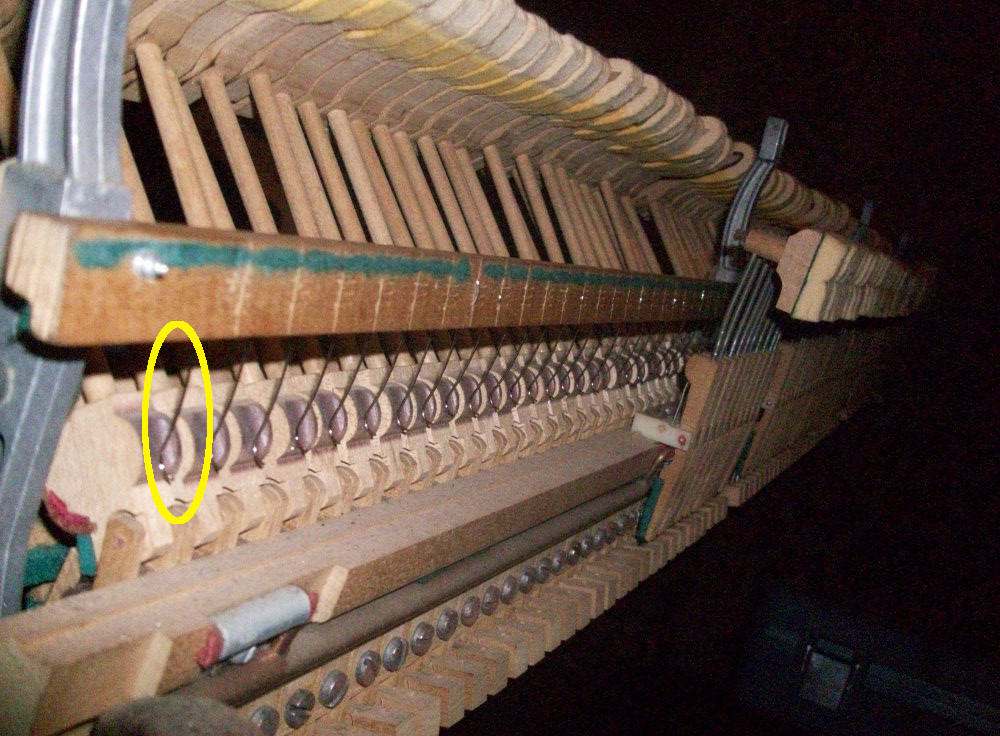
















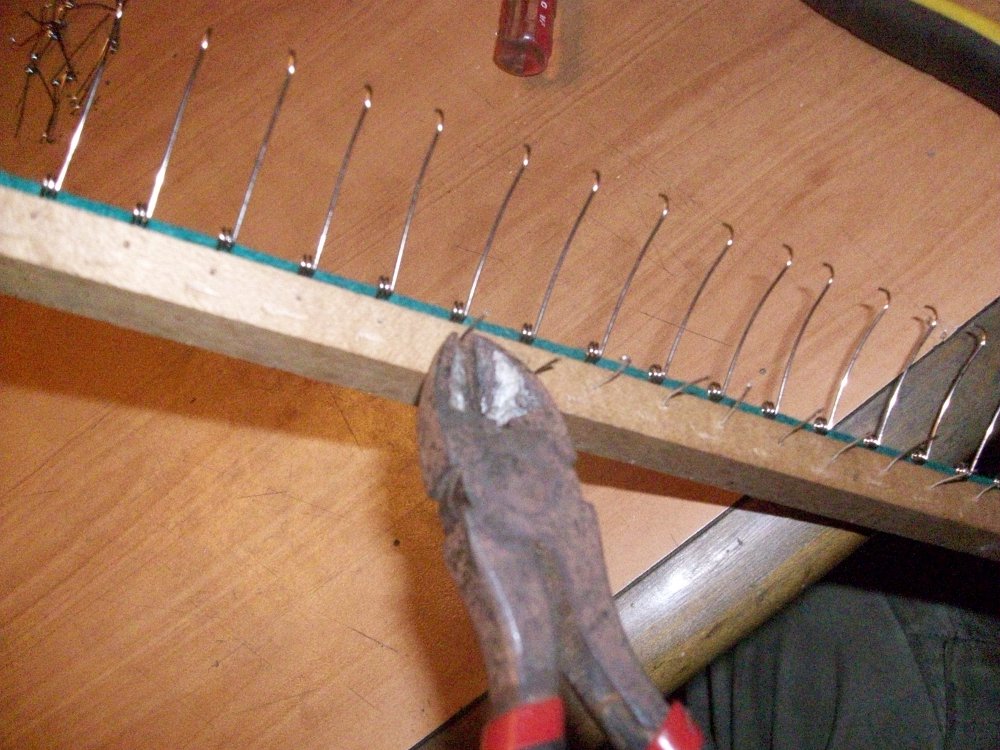


I have been servicing and tuning pianos in NOLA since 2012 after first becoming interested in piano technology in 2009. With a background in teaching bicycle mechanics, I bring a methodical mindset and a love of sharing knowledge and skills to the rich musical culture of New Orleans.